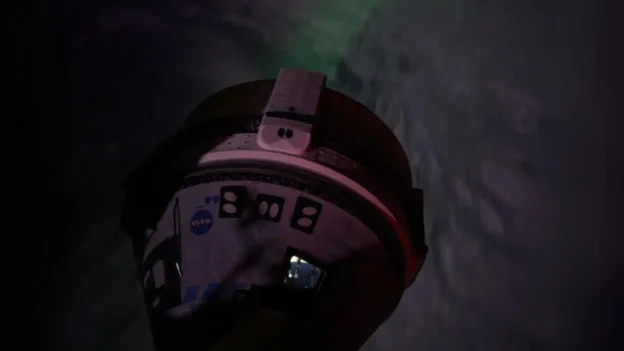The Starliner will remain docked to the International Space Station (ISS) while engineers analyze data from its propulsion system, a decision made by the Boeing team and NASA. This change follows several delays that prevented the ship’s departure on June 25. However, instead of choosing an immediate date, the mission managers have decided to postpone the decoupling without specifying when it will occur.
Adjustments to ISS schedule by Boeing and NASA
One of the programs was two spacewalks scheduled for June 24 and July 2. Therefore, the new departure date for the Starliner is likely to be in July or even August. NASA assures that the crew has no urgency to leave the station, because there are sufficient supplies and the planned schedule is flexible until mid-August. However, it is important that the Starliner vacates the ISS before that date, to avoid possible failures in the future.
NASA’s commercial crew program manager, Steve Stich, said the vehicle will remain docked for about 45 days. the vehicle will remain docked for about 45 days which puts undocking in mid-July. This delay avoids conflicts with planned spacewalks and gives engineers more time to check for propulsion problems, such as helium leaks . Upon return to Earth, the Starliner service module, which contains the problematic hardware, will be discarded, limiting the possibilities for future analysis.
In addition, Stich explained that they are following a standard mission management process, letting data drive decision making on leakage and propellant performance. On the other hand, an agency-level review similar to the one conducted prior to the return of SpaceX Demo-2 will be conducted, documenting formal mission acceptance.
Preparations and overhaul of the propulsion system
Boeing’s Starliner is authorized as an emergency return vehicle. If the decision is made not to use it, NASA has options such as removing two crew members from the next Crew Dragon launch or using a Soyuz. During a teleconference on June 18, Stich confirmed that the vehicle is now cleared for an emergency return and was confident of resolving the problems to bring back astronauts Butch and Suni on the Starliner.
Follow us on social networks and don’t miss any of our publications!
YouTube LinkedIn Facebook Instagram X
Source and photo: NASA

